Tracking Bitcoin’s Rise as a Macro Hedge with Token Metrics – The #1 Crypto Analytics Platform in 2025

Bitcoin’s Role in a Shifting Global Financial Order
Bitcoin's relevance in global finance continues to evolve. In 2025, this evolution is accelerating as geopolitical tensions and economic uncertainties challenge traditional systems. While Bitcoin was once viewed as a fringe digital asset, it is increasingly being positioned as a strategic hedge—one that could play a central role in a future where fiat currencies, particularly reserve currencies, face structural strain.
This blog explores how current global dynamics are elevating Bitcoin’s role, not as a speculative trade, but as a macroeconomic signal.
Rising Geopolitical Tensions
Recent developments in the Middle East have drawn increased attention to the intersection of geopolitics and financial markets. Conflicts involving Iran, Israel, and broader regional tensions are no longer localized issues—they have global implications, especially when supply chains and energy flows are involved.
A scenario some analysts are exploring is a prolonged conflict that could last several years. If oil exports are disrupted, global inflation could spike. History tells us that war economies tend to create volatility, both in commodity markets and in currencies.
In such environments, hard assets often perform well. Gold has traditionally filled that role. But Bitcoin, with its fixed supply and decentralized infrastructure, is increasingly being viewed in a similar light.
Game Theory and the Incentive to Escalate
Several geopolitical analysts have recently applied game theory to understand current alignments. The thesis: multiple nations involved in ongoing conflicts have internal and external incentives that make prolonged conflict more likely than resolution.
From a market perspective, that introduces risk into the global economy—risk that can erode trust in fiat systems or centralized monetary authorities.
Bitcoin, by design, offers an alternative. It operates on a predictable schedule, outside the reach of any single government or bank. In times of instability, that predictability becomes an asset in itself.
Flight to Bitcoin in a Crisis?
The concept of a “flight to safety” is typically associated with sovereign bonds or gold. However, during recent events, Bitcoin has at times rallied when traditional risk assets fell—especially when the conflict narrative intersects with economic concerns.
In the event of a long-term geopolitical crisis, particularly one affecting the global reserve currency system, Bitcoin could see a significant re-rating. The logic is simple: a decentralized, non-sovereign asset becomes a hedge against sovereign instability.
This doesn’t mean Bitcoin is without risk—it remains volatile and speculative compared to traditional assets. But in extreme scenarios, such as currency devaluation or prolonged stagflation, Bitcoin’s use case as a financial escape valve becomes more compelling.
Bitcoin vs. the US Dollar
Some strategists now openly discuss the possibility that the dollar’s dominance may be structurally weakened in the years ahead. That doesn’t imply imminent collapse, but it does suggest the global financial order may be recalibrating.
Central bank digital currencies (CBDCs), the rise of alternative payment networks, and multipolar geopolitical tensions all point toward a future where reserve status is contested.
Bitcoin, by virtue of being neutral, borderless, and digitally native, offers a counterweight. While it’s unlikely to “replace” fiat in the near term, its role as a counter-reserve asset may expand.
Institutional Alignment Around Bitcoin
In parallel to these global developments, institutional alignment around Bitcoin continues. Several major financial entities have integrated Bitcoin exposure into their portfolios, launched products like ETFs, and begun building custody and trading infrastructure.
This shift is not ideological—it’s pragmatic. Institutions are increasingly treating Bitcoin not as a gamble, but as an uncorrelated hedge with asymmetric upside in macro-uncertain environments.
The key takeaway is that Bitcoin’s narrative is evolving from risk-on speculation to macro hedge. That shift changes how it's traded, valued, and held.
2026 and the Timing of a Possible PEAK
Interestingly, the projected peak of the current crypto cycle aligns with the timing of several geopolitical forecasts. Some macro analysts predict that major disruptions to the global economy could materialize by early 2026—just as Bitcoin historically tends to peak 12–18 months post-halving.
This alignment isn’t deterministic, but it’s suggestive. If geopolitical conflict escalates and monetary regimes are questioned, Bitcoin could benefit not from hype, but from its underlying design.
In such a scenario, estimates of Bitcoin reaching $250,000 or more—while speculative—are not purely fantasy. They reflect what could happen if Bitcoin becomes a globally recognized monetary hedge during a systemic macro reset.
Implications for Portfolio Construction
If these scenarios play out, they carry implications for crypto portfolios. Altcoins, which rely more on risk appetite and speculative narratives, may underperform in a risk-off, conflict-driven environment.
Bitcoin, conversely, may outperform as capital concentrates in the most liquid, battle-tested asset.
This doesn’t suggest abandoning altcoins entirely—but it does support the idea that Bitcoin may deserve a larger allocation than in previous cycles, especially as macro risks rise.
Risk, Resilience, and Reality
It’s important to acknowledge the counterarguments. Bitcoin’s volatility, regulatory uncertainty, and still-limited real-world use cases are valid concerns. No asset is invulnerable, and Bitcoin’s rise is not guaranteed.
Yet, amid systemic uncertainty, few assets offer the combination of digital mobility, fixed supply, and decentralization that Bitcoin does.
Whether or not a macro crisis unfolds as predicted, the world is clearly entering a phase where economic assumptions are being questioned. In that context, Bitcoin becomes not just an asset—but a signal.
Conclusion
Bitcoin’s role in the global economy is far from settled. But in 2025, it is clear that the asset is evolving beyond its original use case. No longer just a curiosity for early adopters, Bitcoin is increasingly part of the conversation among serious investors, analysts, and policymakers.
If the world moves toward greater uncertainty, more conflict, and more questioning of existing monetary systems, Bitcoin may be one of the few assets positioned to benefit—not because of speculation, but because of structural design.
To navigate this evolving landscape, investors need access to accurate, real-time macro signals—and that’s where tools like Token Metrics become indispensable. As a leading crypto research and analytics platform, Token Metrics helps investors track sentiment shifts, macro trends, and on-chain dynamics that may signal Bitcoin’s strengthening role in global finance.
It is not a prediction. It’s a possibility. One worth understanding—and preparing for with the right tools.
Create Your Free Token Metrics Account

.png)




%201.svg)
%201.svg)


%201.svg)




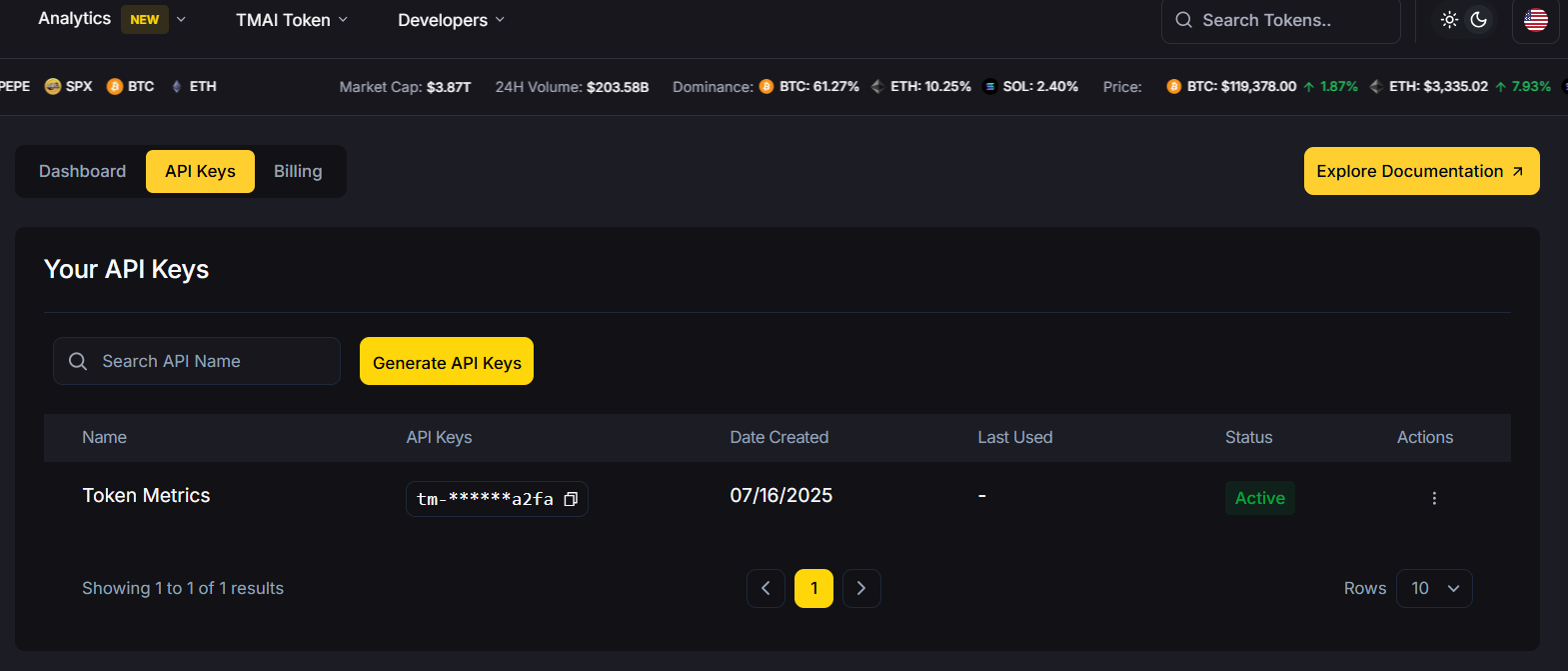




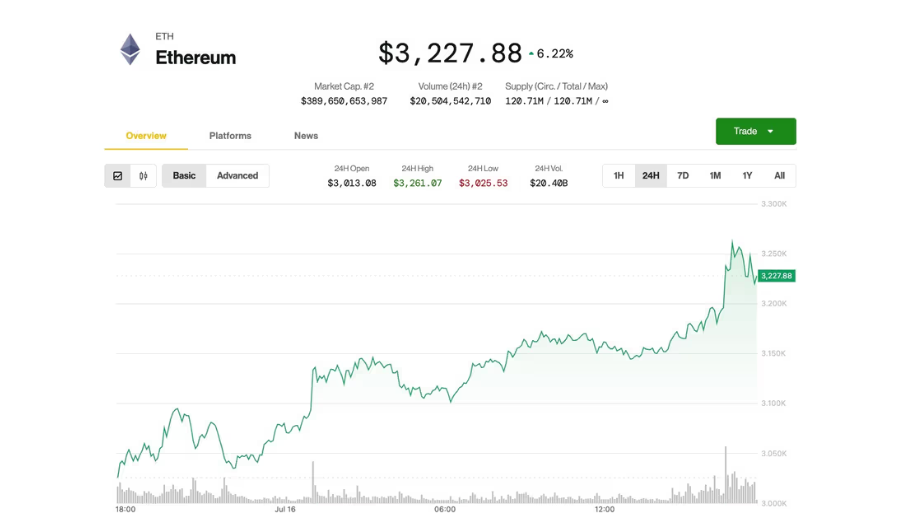



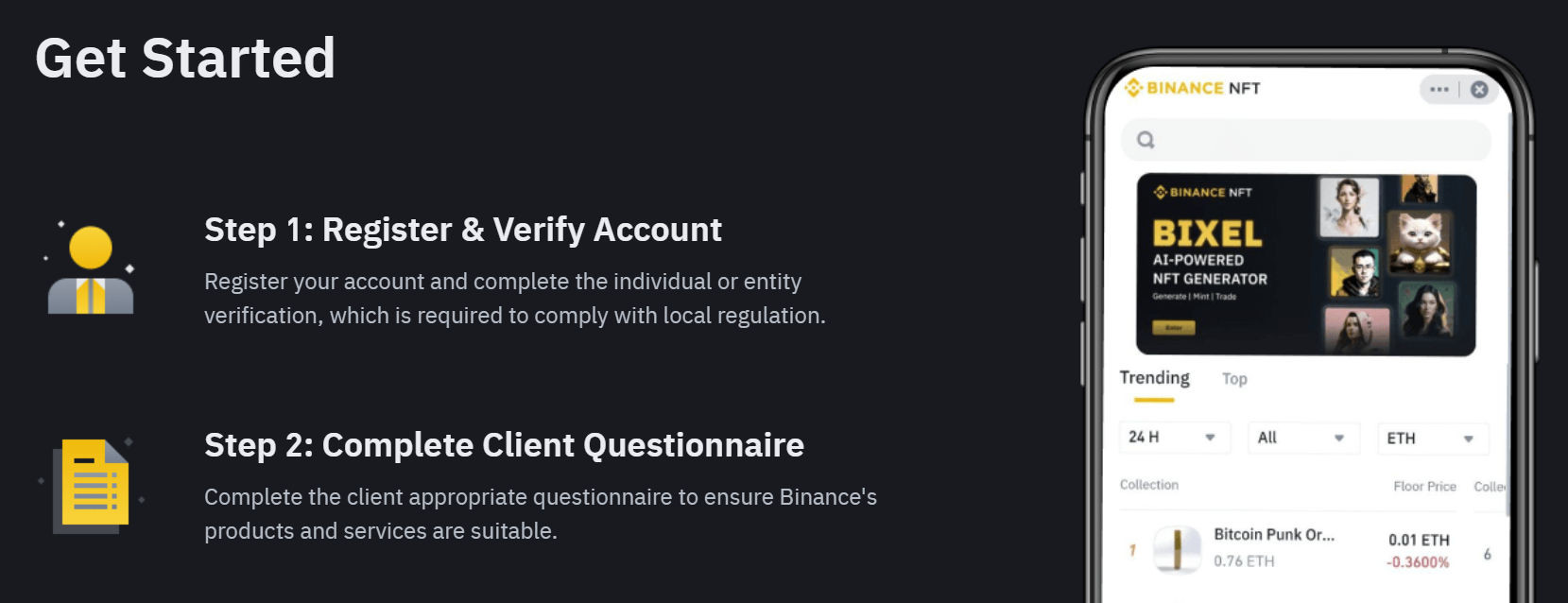
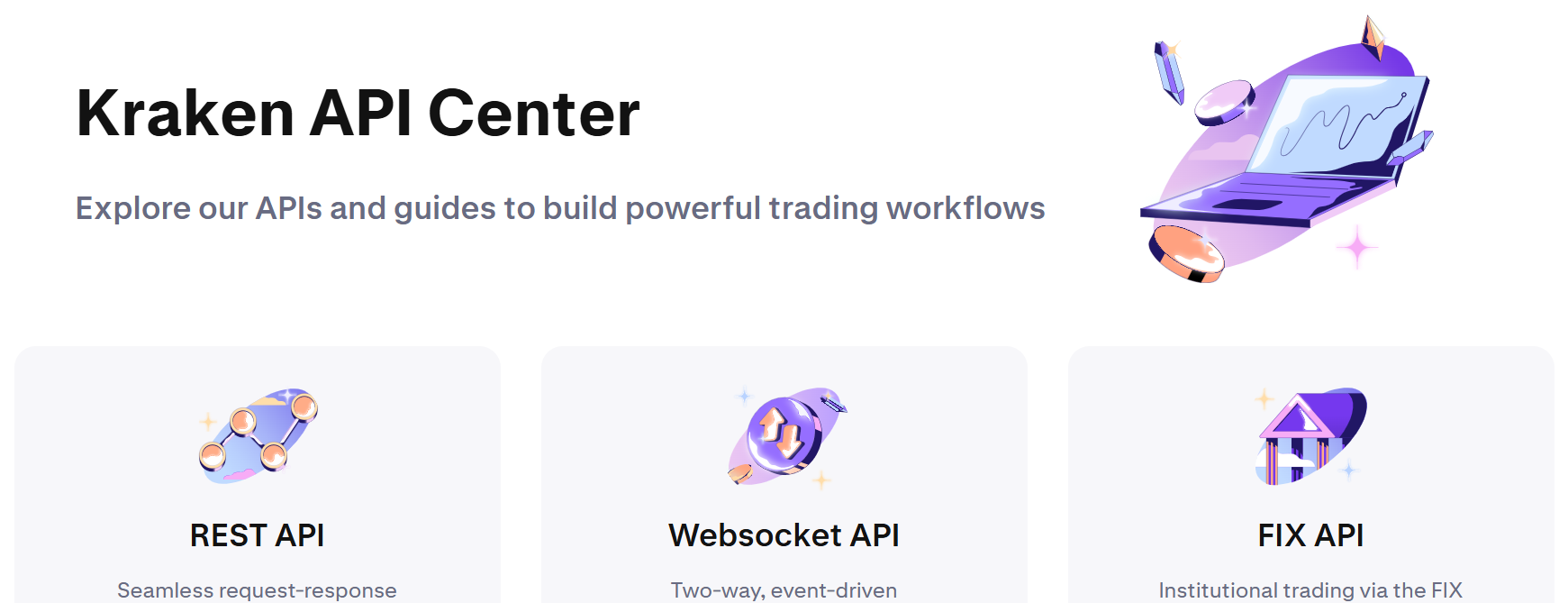
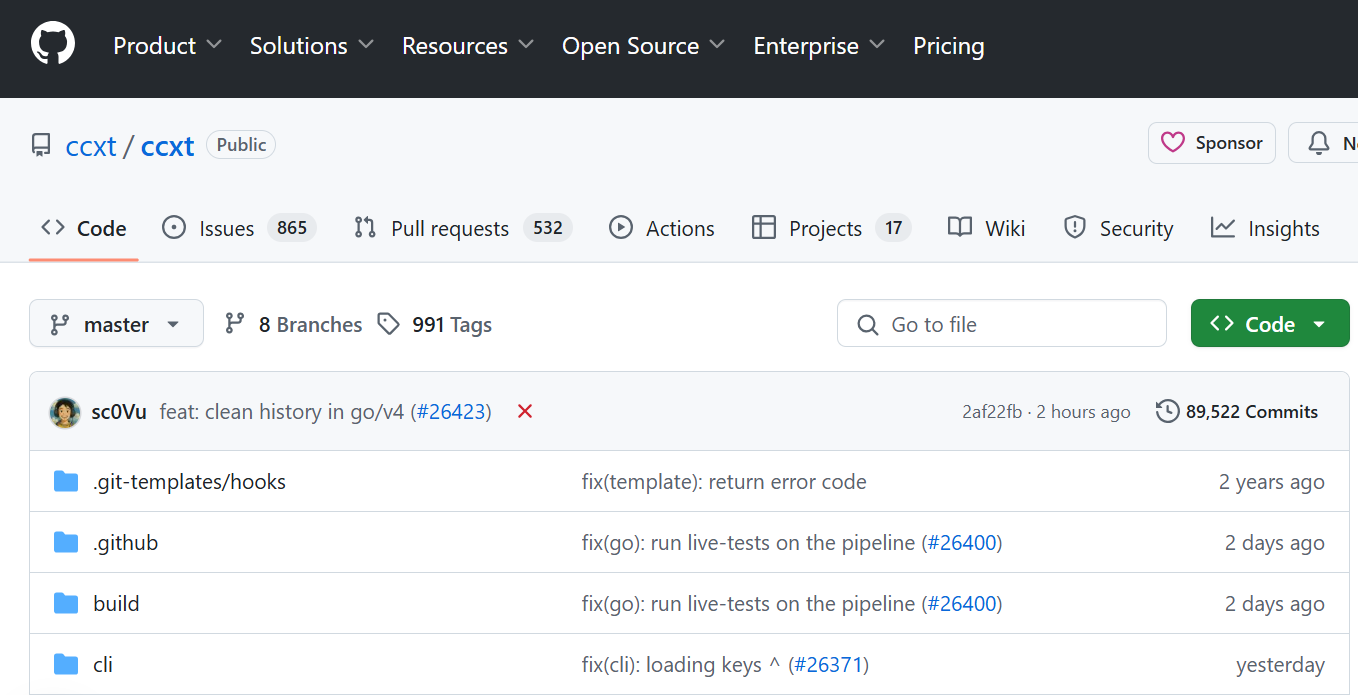


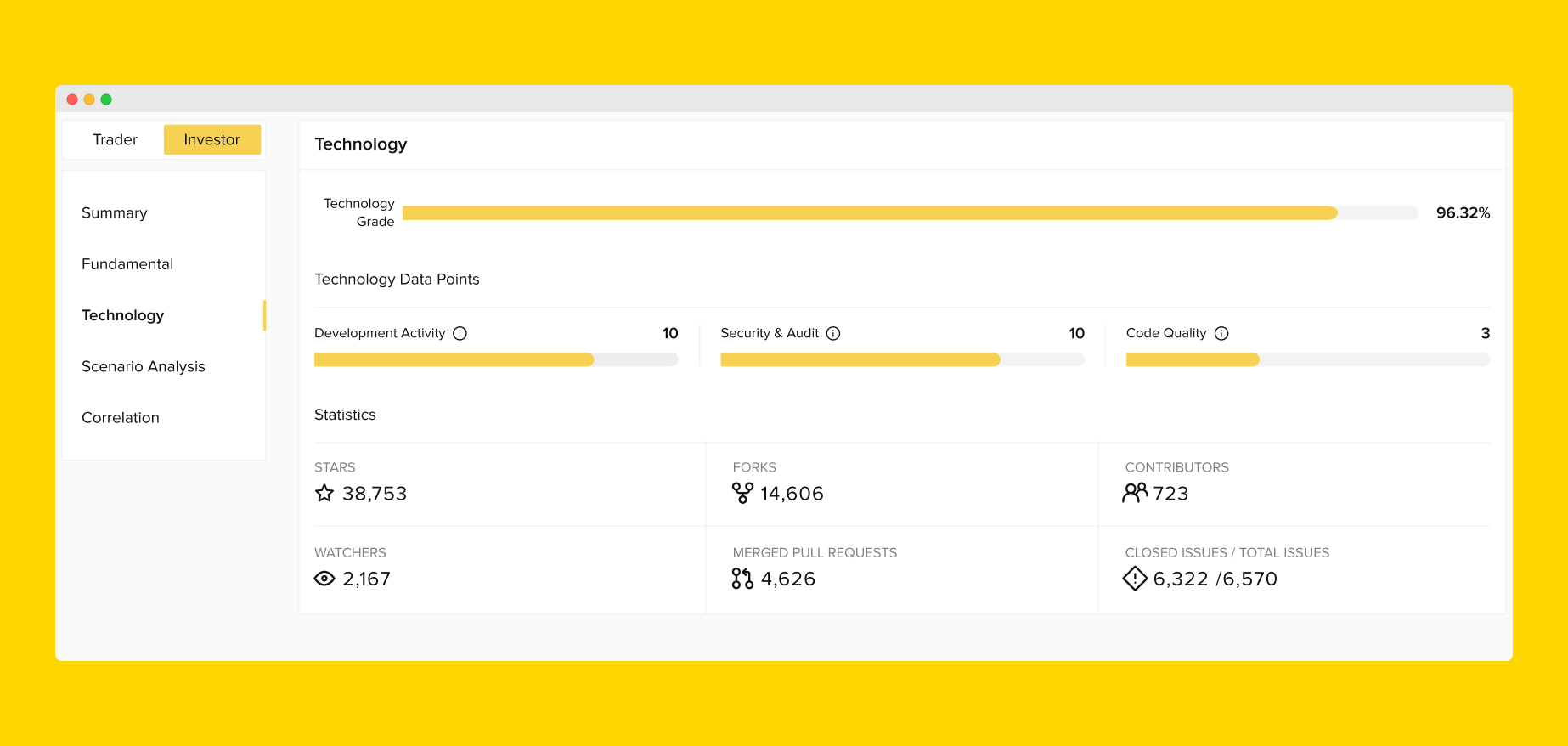







.svg)




.png)